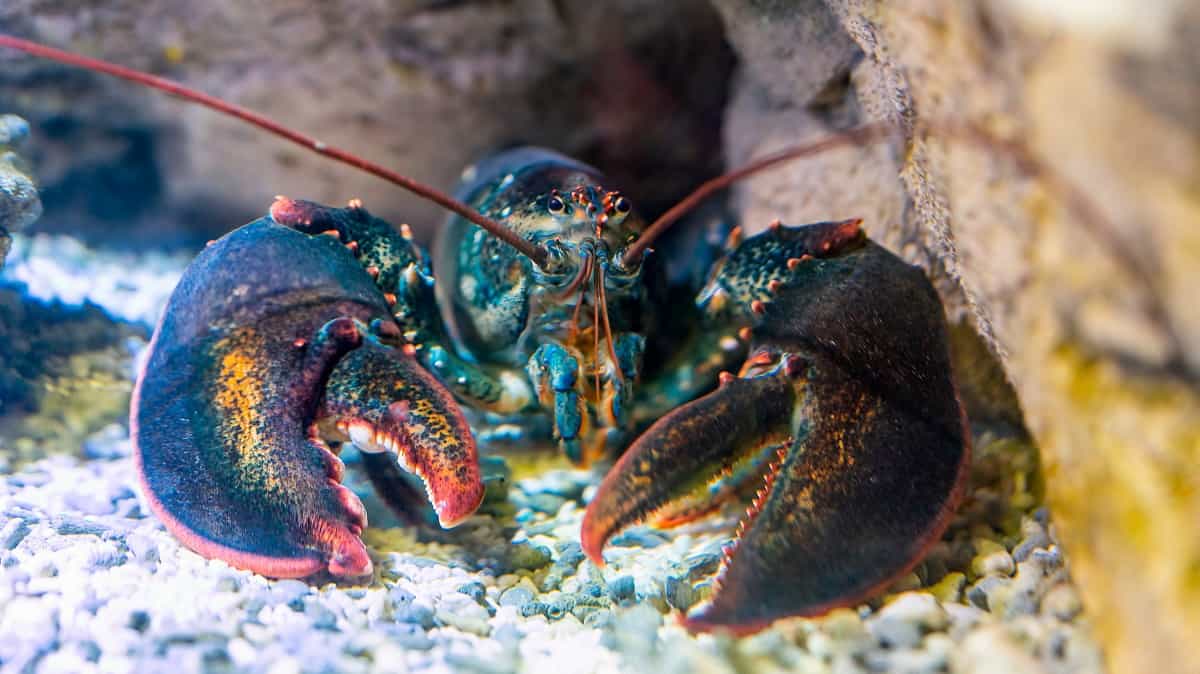
/cook-and-keep-octopus-tender-2018813-Step_1-5ba3a65246e0fb00506d0c25.jpg)
They thrive in cold, nutrient-rich surroundings and are commonly found in tide pools and crevices. They are found in rocky coastal areas at depths of up to 300 feet. It thrives in cool, oxygenated water and moves from the surface to a depth of 6600 as needed. These aquatic animals live off the coasts of Alaska, Washington, Oregon, California, British Columbia, Korea, Japan, and Russia. The Giant Pacific Octopus lives throughout the Pacific Ocean.

Habitat Where Does the Giant Pacific Octopus Live? Once the eggs hatch, the female dies, and most of the hatchlings die before reaching adulthood. Instead, she spends her time cleaning the eggs, blowing water over them, and ensuring they get oxygen. During that time, the female doesn’t eat.

She attaches the eggs to a hard surface and guards them for about five to six months until they hatch. Once her eggs are fertilized, the female lays tens of thousands of eggs. The female octopus stops hunting after mating. The male’s physical condition declines, and a predator typically kills it. Once mating has occurred, the male octopus stops eating, spending more time at sea. The female can keep the spermatophore in her body many months before fertilization. If the female is receptive, the male grasps the female with its hectocotylus (a modified arm), inserting spermatophore into the female’s mantle. Males approach mature females to mate by extending one of their arms to caress them. Octopuses of both genders live independently and only breed once during their lifetimes. Females reach maturity between two and three years of age. The Giant Pacific Octopus has one of the most extended lifespans of any octopus species, living from three to five years. Its mouth has a beak made of keratin (fingernails, hair, and rhinoceros horns are also made of keratin), which it uses to kill prey and chew it up into pieces before swallowing. It has a bulb-shaped body, and its mouth is on its underside, where its arms come together. Since octopuses are mollusks and don’t have outer shells, they use their camouflage abilities to blend into their surroundings and stay safe. The mantle houses the octopus’s organs, including the kidneys, liver, stomach, gills, reproductive organs, intestine, and brain. Females have a total of 2,240 suckers males have about 100 fewer suckers than their female counterparts. Each of the octopus’s eight arms has two rows of suckers. The giant Pacific octopus stands are typically a reddish-brown color with massive bulbous heads and a mantle. How big they grow depends on the availability of light, nutrients, and temperature in their habitats. Female giant Pacific octopuses are generally larger than males. It grows to its largest size when living in the North Pacific’s colder waters and tends to be smaller when living in warmer waters.Īlthough they are large animals, octopuses can squeeze their bodies to fit through any space larger than its beak.

The average giant octopus grows to a length of about 16 feet from the top of its body to the tip of its arms and weighs between 70 and 110 pounds, making it the world’s largest octopus species.


 0 kommentar(er)
0 kommentar(er)
